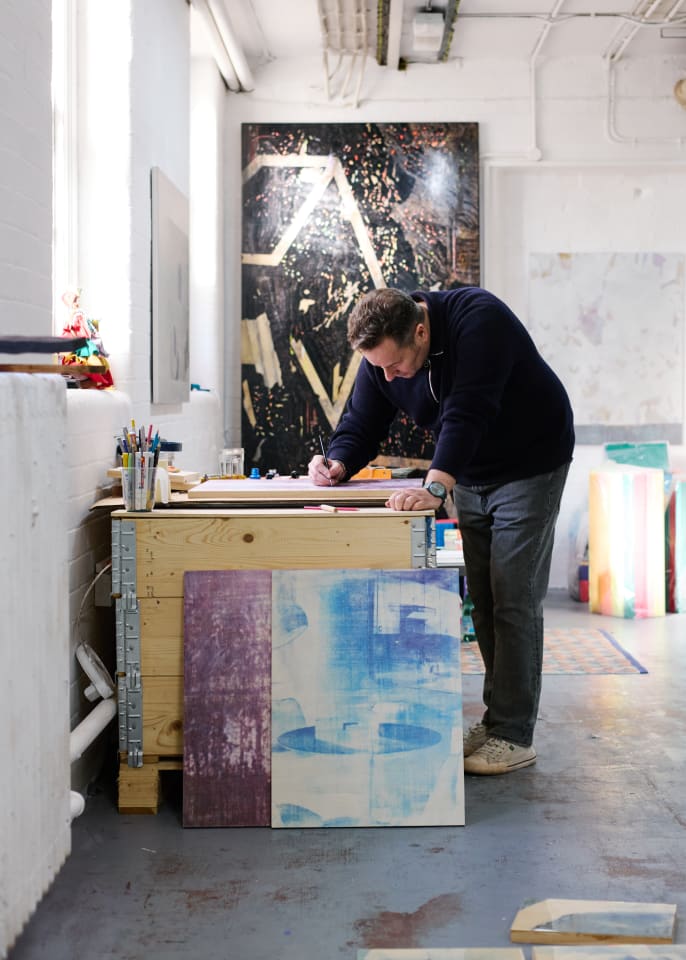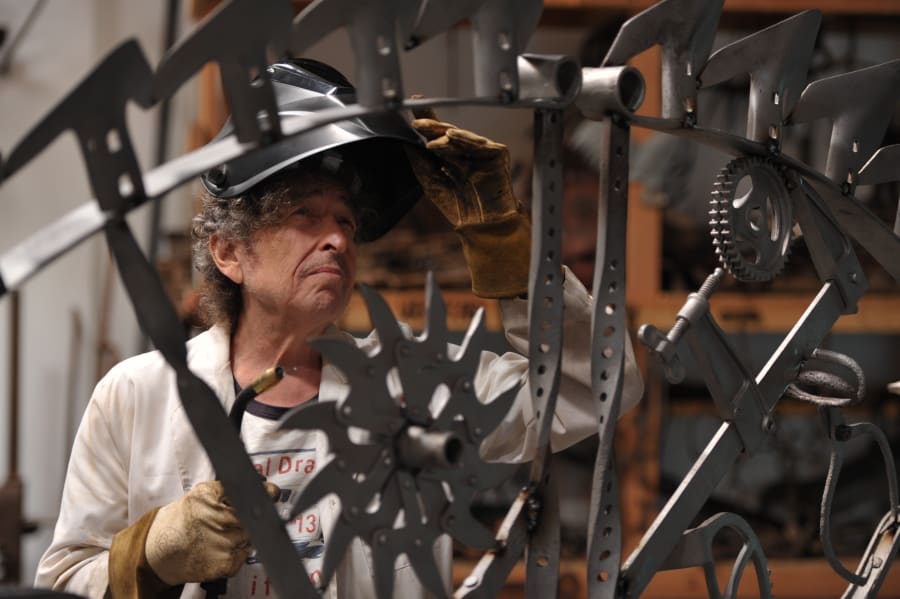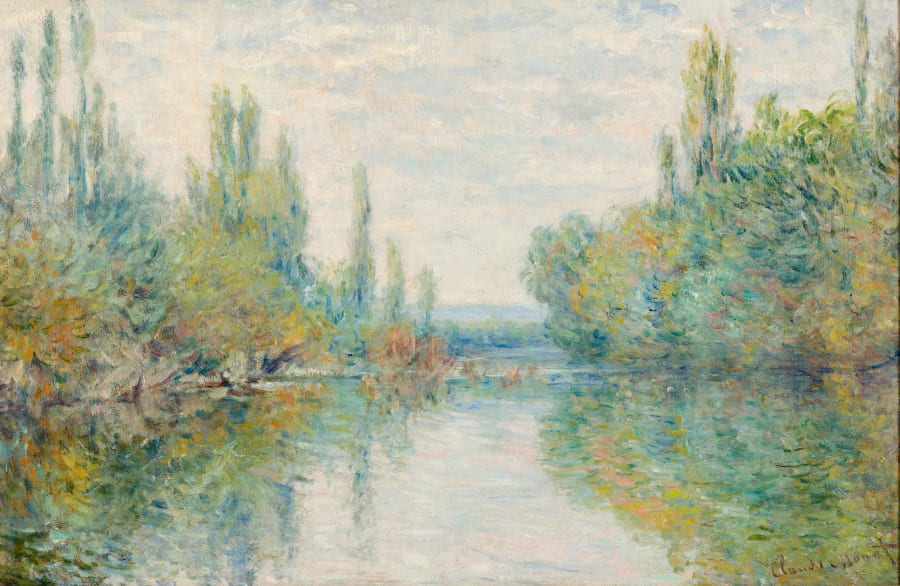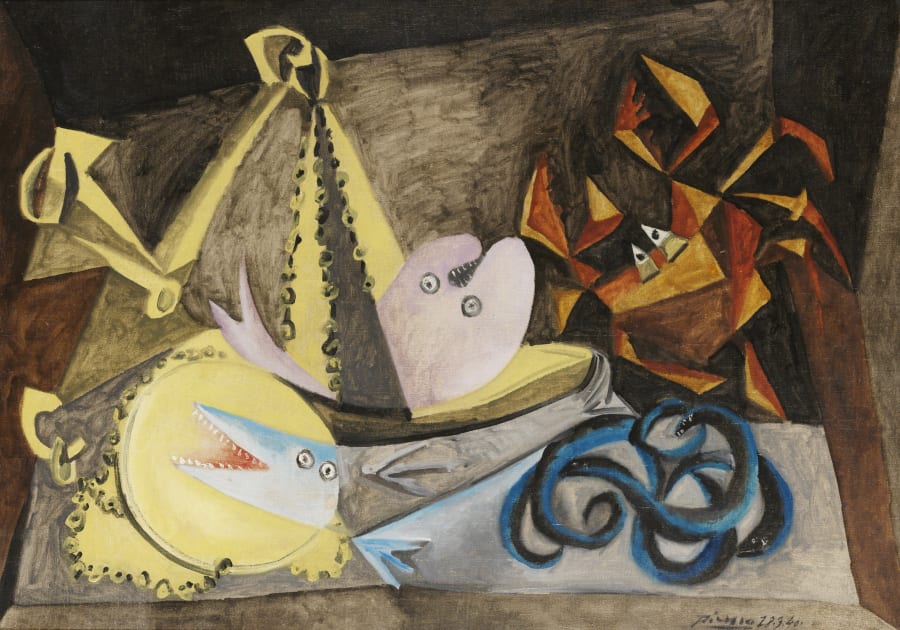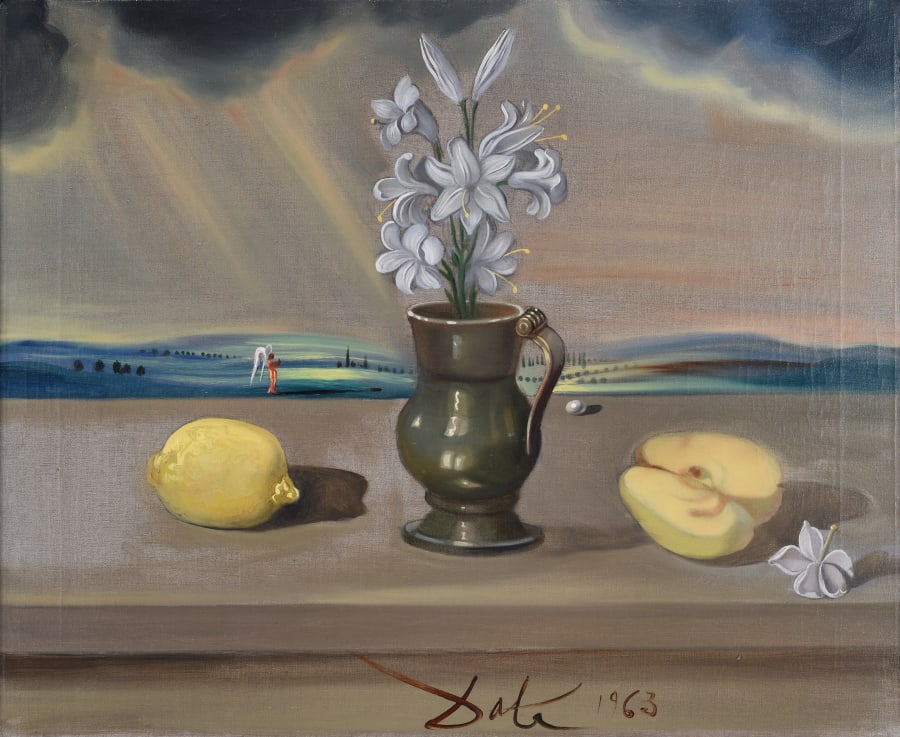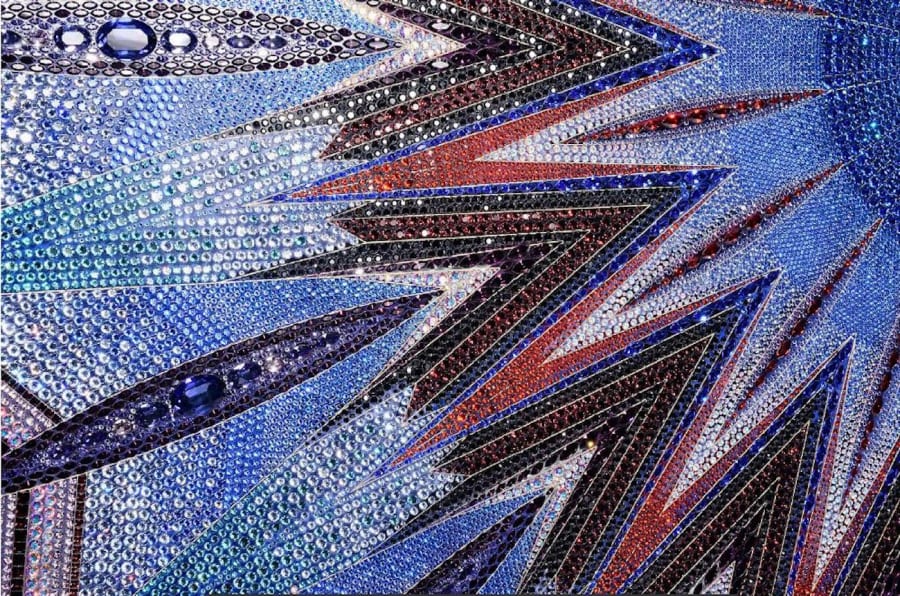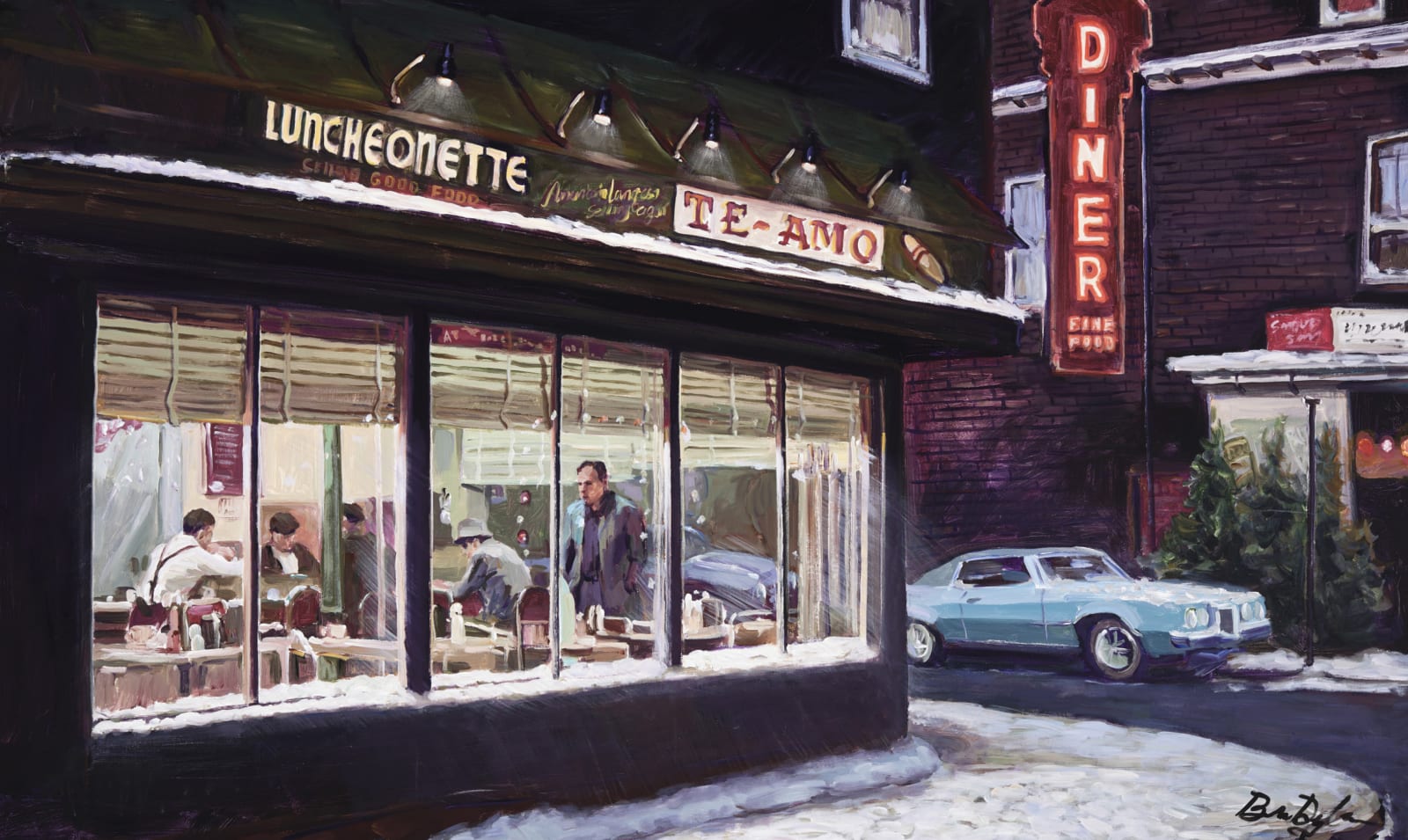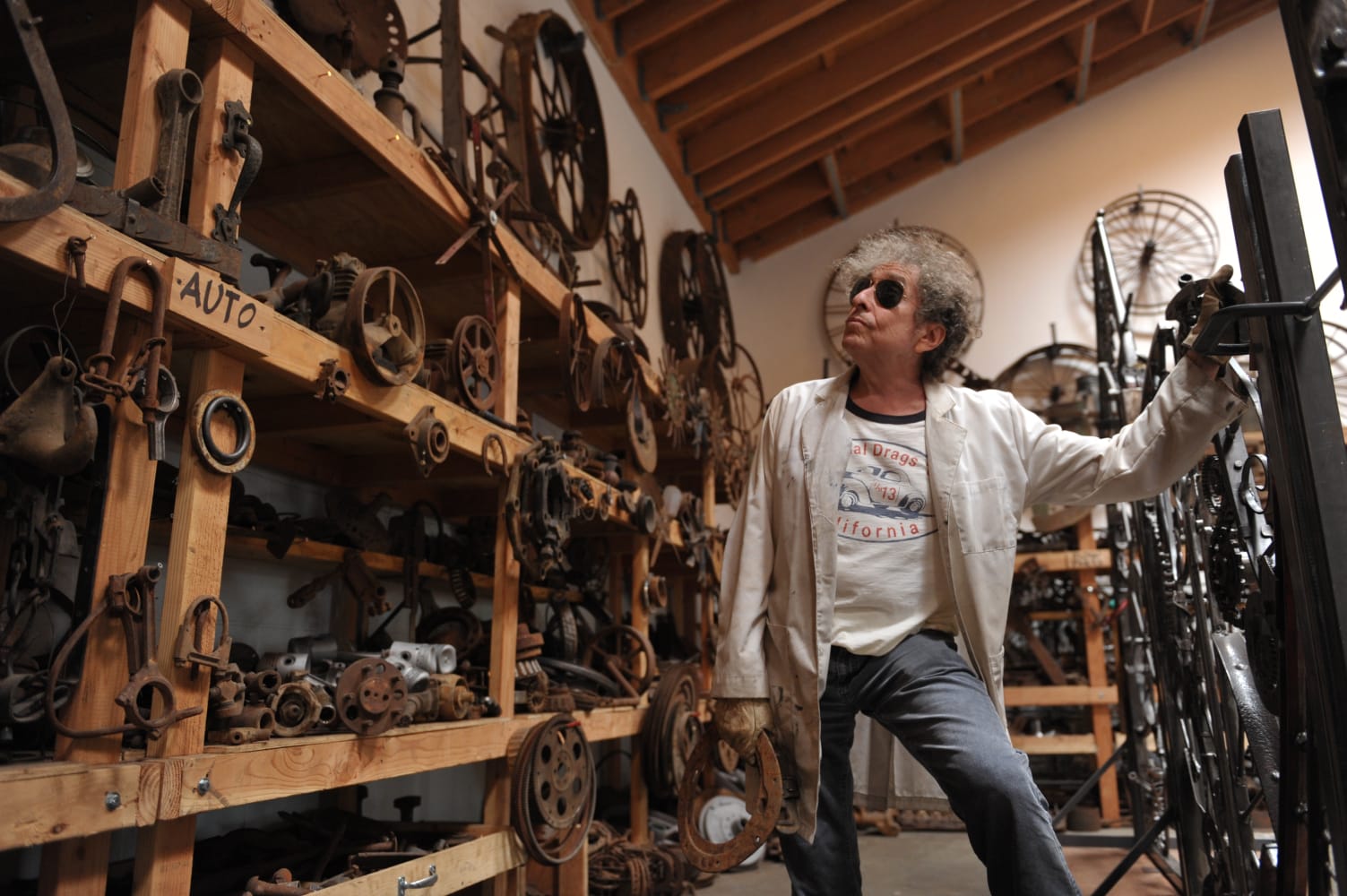

Unauthorised Archaeological Finds
Unauthorised Archaeological Finds
Ernesto Cánovas in collaboration with Gracjana Rejmer-Cánovas at the Caja de Burgos Art Center, Spain.
Ernesto Cánovas (Barcelona, 1971) and Gracjana Rejmer-Cánovas (Warsaw, Poland, 1984), have always expressed their interest in Japanese culture. The survival of a sophisticated tradition coexists with its kitsch reverse; On many occasions, technological ostentatiousness shares the same space with the traces of the past. This temporal permeability, somewhat fictitious and false, has allowed Cánovas to explore the limits between what is apparent and what is suggested, between what is verifiable and what is only possible. By decontextualizing the dialogue between antiquity and modernity, Cánovas presents artifacts (thus, emerged from the hand of man) identifiable as historical relics.
That idea of the retrofuture, somewhere between the evocative and the artificial, accompanies Cánovas's work almost from its origin. References to history, cinema and popular culture may materialize in this exhibition with greater force. The iconography conceived by Cánovas, whose technique equally erases the margins between the concepts of original and copy, appropriation and loan, manipulation and authenticity, symbolically reinforces a proposal that catches the viewer by its instant beauty while leading him into a territory of uncertainty. The past, even the most immediate, transmuted into a remote antiquity, just like our time, declines daily.
Each of Cánovas' works is the result of an overwhelming fusion of techniques, resources and references. After digitally manipulating and decontextualizing the initial image through a process of reduction, enlargement, and cropping, he transfers these adaptations to wood panels or, as in this exhibition, onto aluminium. If the process is meticulous, the final construction with acrylics, inks, varnishes and transfers crystallizes in an image that is equally eloquent and ambiguous, perceptible and abstract, real and fictitious.

Unauthorized Archaeological Finds, Caja de Burgos Art Center, Spain, 2022

Unauthorized Archaeological Finds, Caja de Burgos Art Center, Spain, 2022
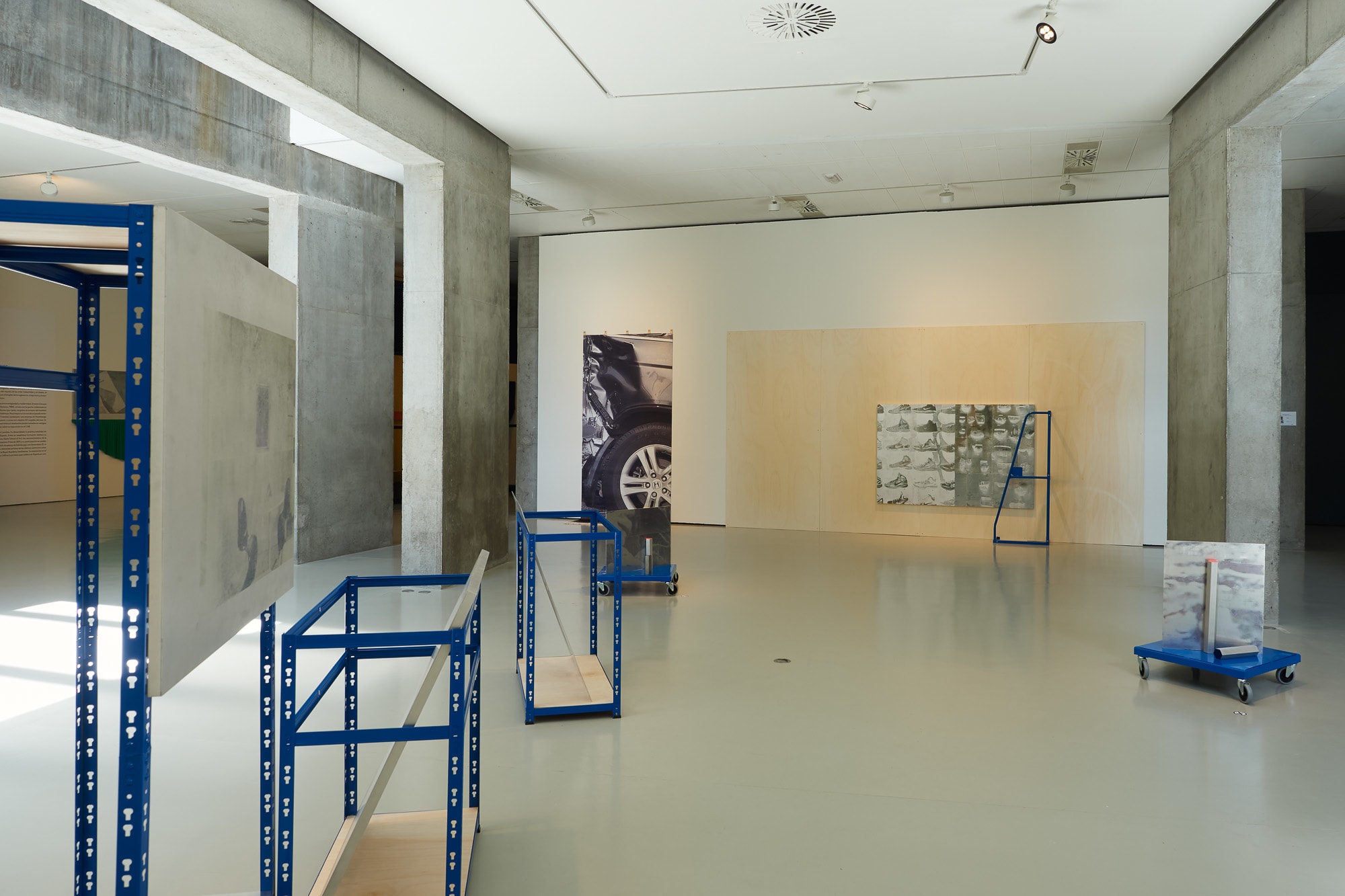
Unauthorized Archaeological Finds, Caja de Burgos Art Center, Spain, 2022
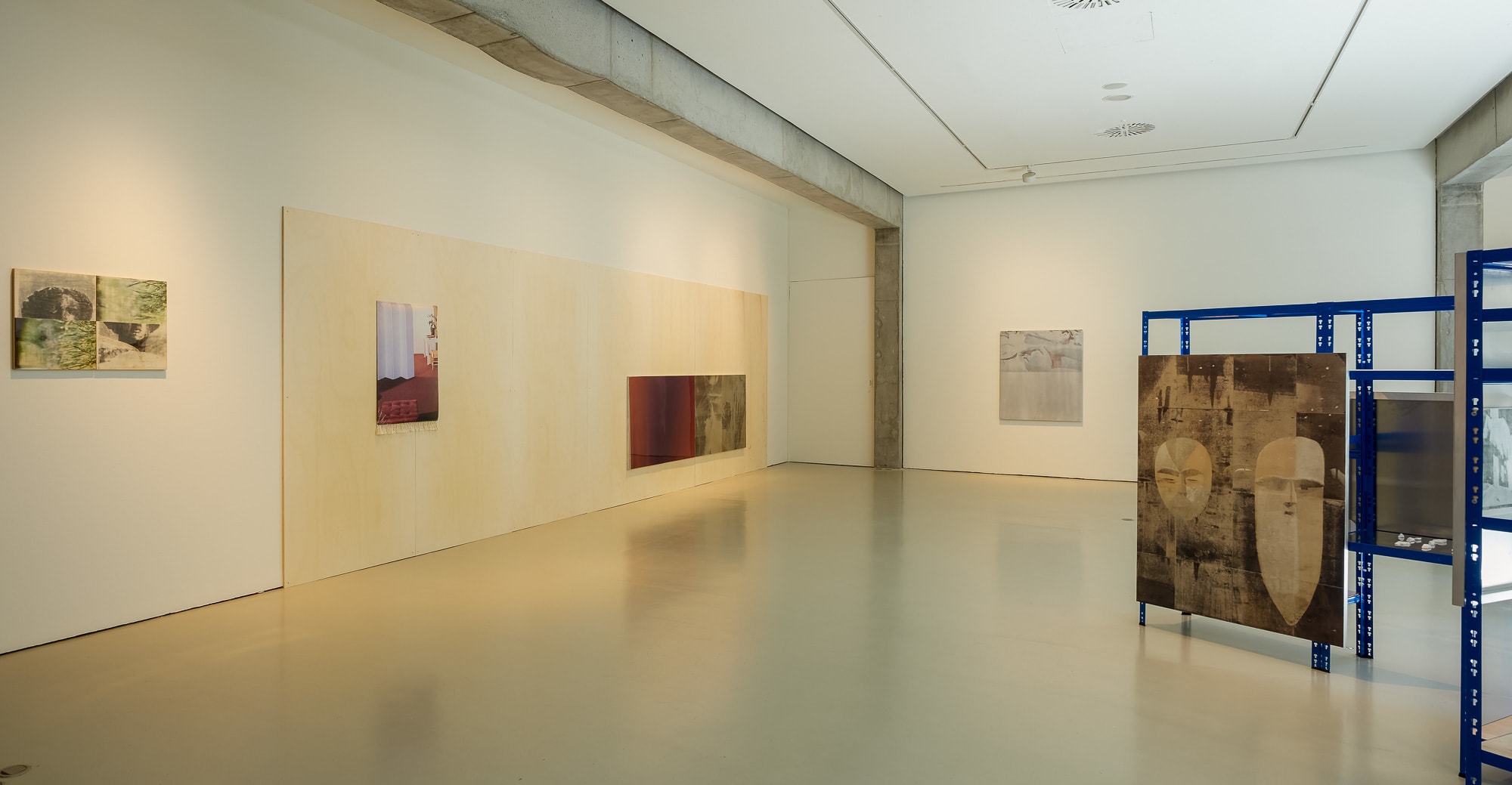
Unauthorized Archaeological Finds, Caja de Burgos Art Center, Spain, 2022
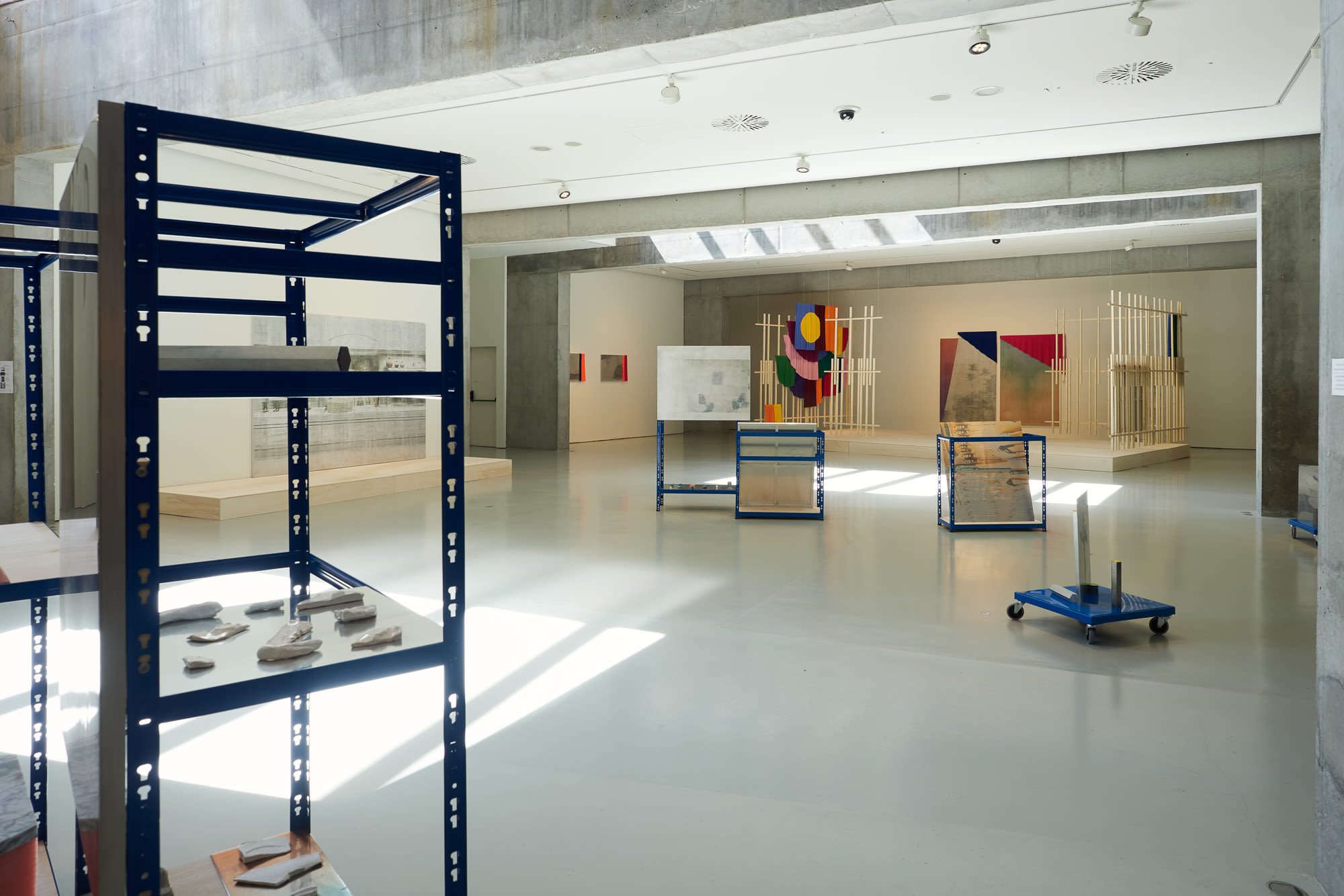
Unauthorized Archaeological Finds, Caja de Burgos Art Center, Spain, 2022



